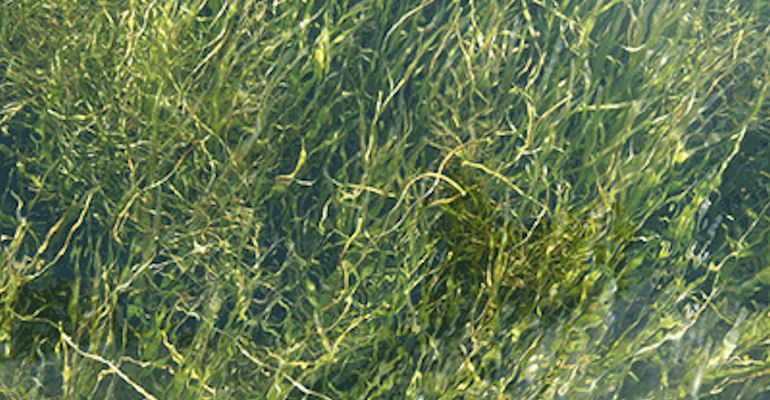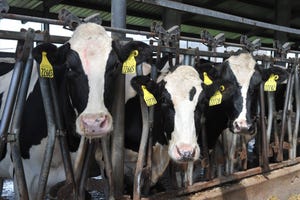Ag having positive impact in Chesapeake Bay
Chicken growers invest in conservation measures that are delivering improved water quality in distressed regions of bay.

The Maryland Department of Natural Resources reported that 2017 was the third consecutive record-breaking year for underwater grass abundance in Maryland’s portion of the Chesapeake Bay. Poultry producers in the region said it shows that the cooperative effort of reducing nutrients has had a positive effect on water quality.
The annual bay-wide survey showed that 62,356 acres of underwater grasses were mapped in Maryland’s tidal waters -- a 5% increase from 2016. This is the fifth straight year of expansion for Maryland’s underwater grasses, which surpassed the 2017 restoration goal of 57,000 acres in 2015 and continues to rise. Bay-wide, the total acreage of underwater grasses exceeded 100,000 for the first time, reaching 104,843 acres.
“The new Maryland Department of Natural Resources survey showing an increase in underwater grasses in the Chesapeake Bay is one more clear sign the conservation measures chicken growers have invested in are delivering improved water quality for everyone who counts on the Chesapeake Bay,” said James Fisher, communications manager for Delmarva Poultry Industry Inc.
Fisher noted that, since 2000, agriculture has reduced its share of nitrogen delivered to the bay by 22% and reduced its share of phosphorus delivered to the bay by 15%, according to the Maryland Department of the Environment. A major study of underwater grasses also found “conclusive evidence that reductions of excess nitrogen and phosphorus caused the underwater grass recovery in the Chesapeake Bay.”
“The manure sheds, vegetative environmental buffers, nutrient management plans and other tools chicken growers and crop farmers using chicken litter have used to be responsible stewards of the environment directly led to this welcome development,” Fisher said.
The rise in underwater grass is attributed not only to a continued expansion of widgeon grass in the moderately salty mid-bay region but also to an expansion of freshwater grasses, like wild celery, that grow in the upper reaches of rivers and tidal fresh portions of the bay. Maryland’s biggest and most iconic underwater grass bed, located in the Susquehanna Flats, has been recovering steadily since 2012, when grass beds were significantly reduced from high flows related to Tropical Storm Lee in 2011, and reached more than 6,100 acres (9.5 square miles) in 2017, showcasing the bed’s continued resilience.
“It’s exciting to witness this historic recovery of grasses in the bay,” said Brooke Landry, underwater grass biologist with the department and chair of the Chesapeake Bay Program’s SAV Workgroup. “Maryland’s commitment to improving the bay’s water quality is clearly paying off, and it provides such a good example of what we can achieve with sustained efforts to reach our goals. While we’re only a bit over halfway to our ultimate restoration goal, we have surpassed our 2017 goal two years early and are on track to meet our 2025 goal.”
The annual aerial survey was conducted by the Virginia Institute of Marine Science between May and November 2017 and covered 189 flight lines. The aerial imagery is used to identify the amount and location of underwater grasses in the Chesapeake Bay and tidal tributaries. For the first time in years, there were no airspace restrictions or weather constraints, so a complete survey of the entire bay was conducted.
About the Author(s)
You May Also Like





